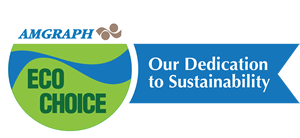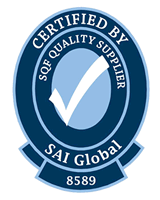Unilever is changing their approach to packaging in an effort to make a big difference.
Unilever is making some bold moves to help stem the tide of plastic pollution that’s making its way into the environment. According to a recent article on their website, they are completely rethinking the role of plastic in their business.
As many consumers are aware, the flow of plastics into our oceans is growing at an alarming pace—and by some calculations, it could triple by 2040. While Unilever is focusing some effort on increasing recyclability of their packaging, extending the “loop” by collecting, processing, and reusing the material, they realize that recycling places a lot of the burden on the consumer, and Unilever says they want to do much more. They want to develop ways for their products to be packaged with less waste, and they want to reduce the amount of virgin plastic they use in all their products. By 2025, they pledge to:
- Halve the amount of virgin plastic they use in their packaging and achieve an absolute reduction of more than 100,000 tons in plastic use
- Help collect and process more plastic packaging than they sell
- Ensure that 100% of their plastic packaging is designed to be fully reusable, recyclable or compostable
- Increase the use of post-consumer recycled plastic material in our packaging to at least 25%.
Some of the hardest packaging to recycle is the multi-layered and flexible packaging they now use—so they are developing new ways of working with those packages without sacrificing durability or safety. They realize that recycled packaging has to meet the same technical and safety standards as virgin plastic, and those standards are high for food packaging.
Read all about their new and improved plastic journey here.
AMGRAPH supports the good folks at Unilever completely in this exciting initiative. We are already developing innovative new flexible packaging that is thinner without losing strength or durability—saving money throughout the supply chain while cutting waste. Reducing the amount of plastic that finds its way into our oceans is a critical goal, and we in the packaging industry must work together to make it happen. It shouldn’t fall to consumers to solve a problem this big. We want to do our part to make the right moves at the BEGINNING of the process.









